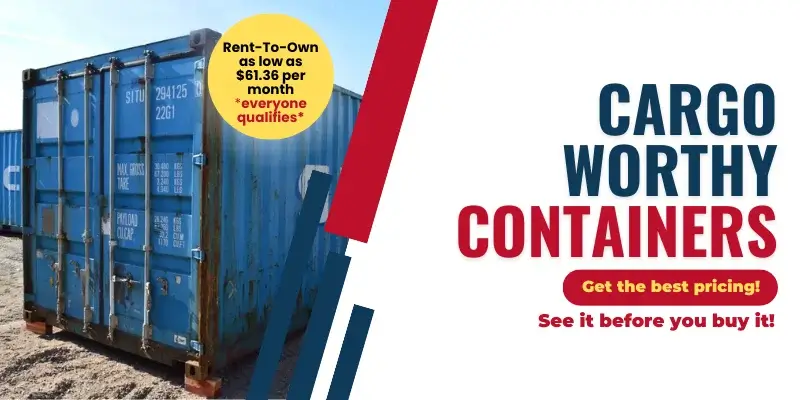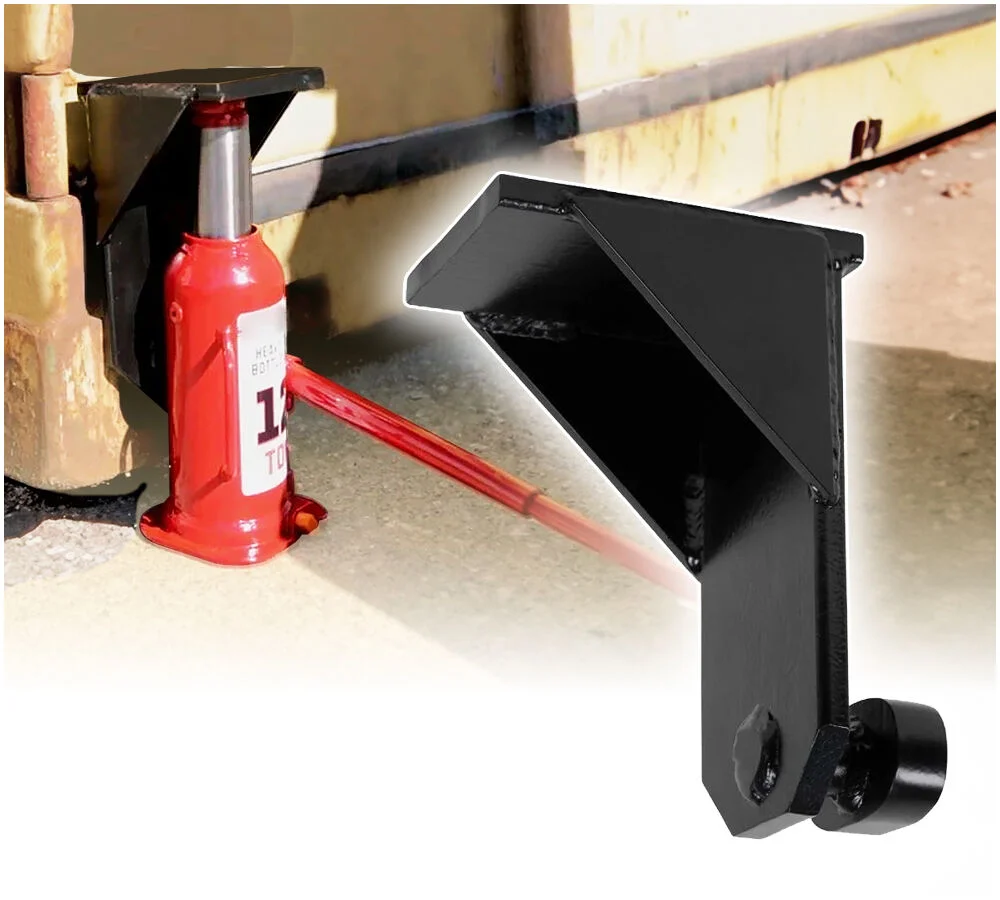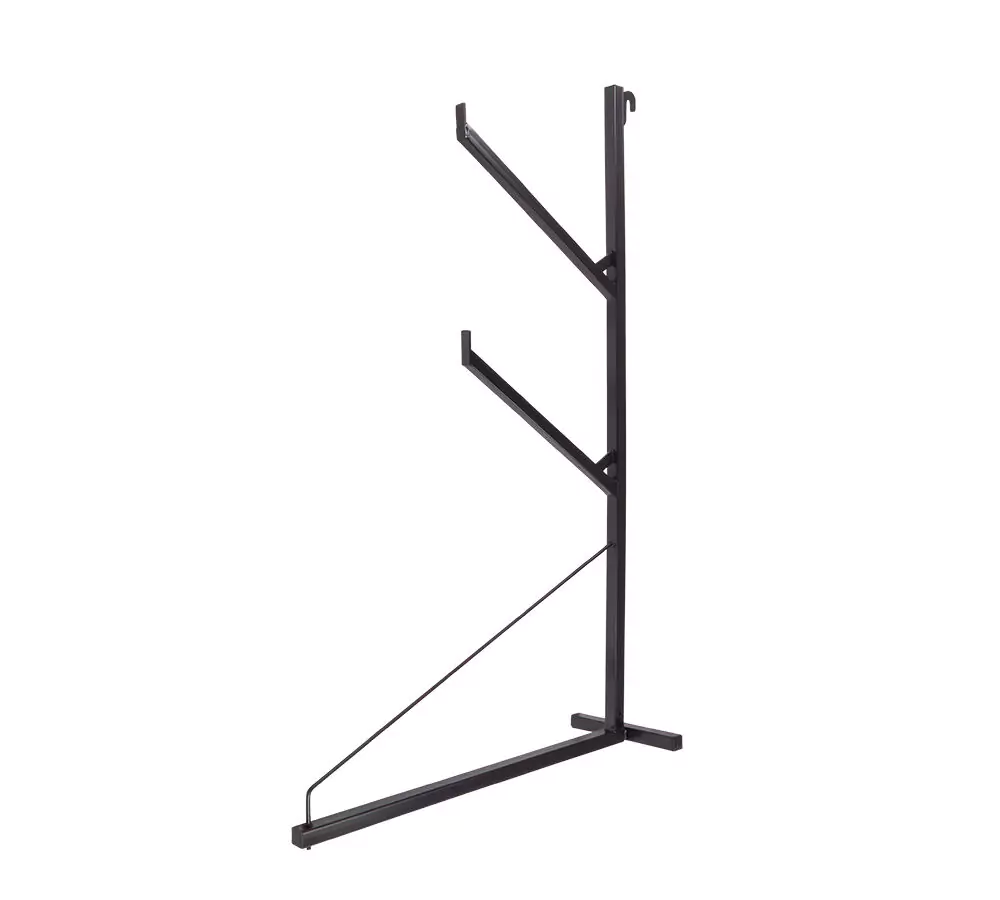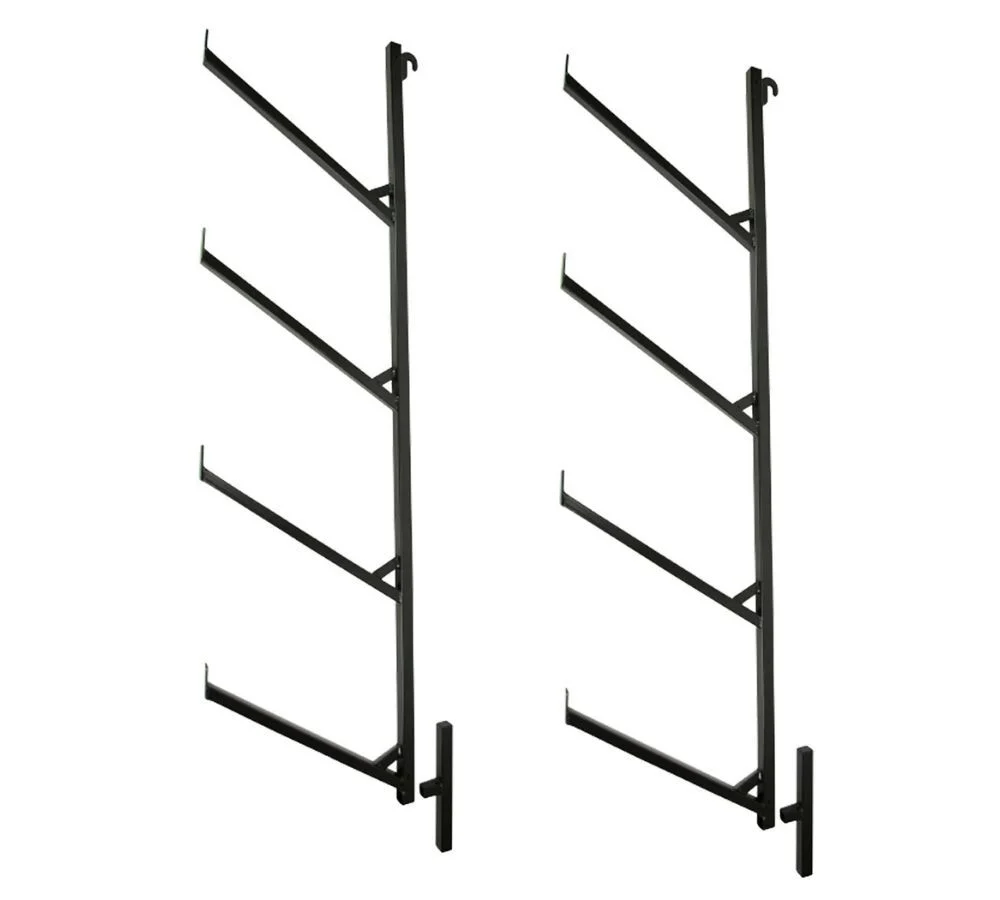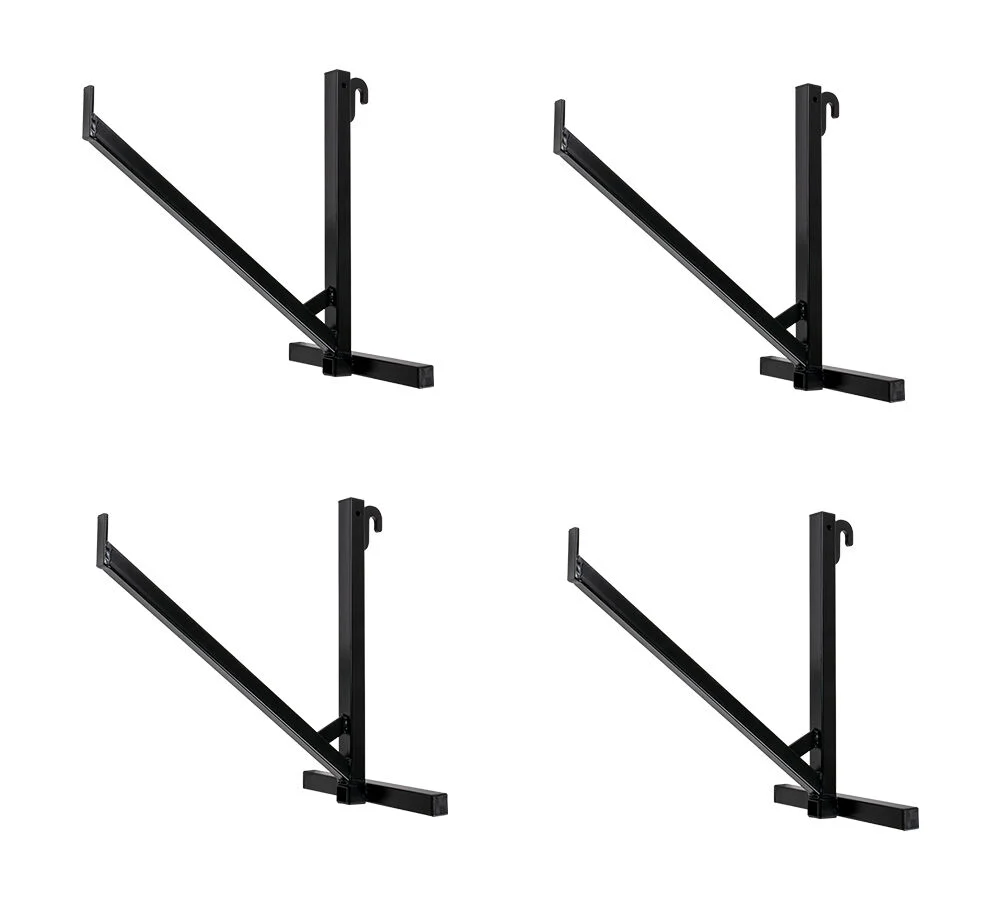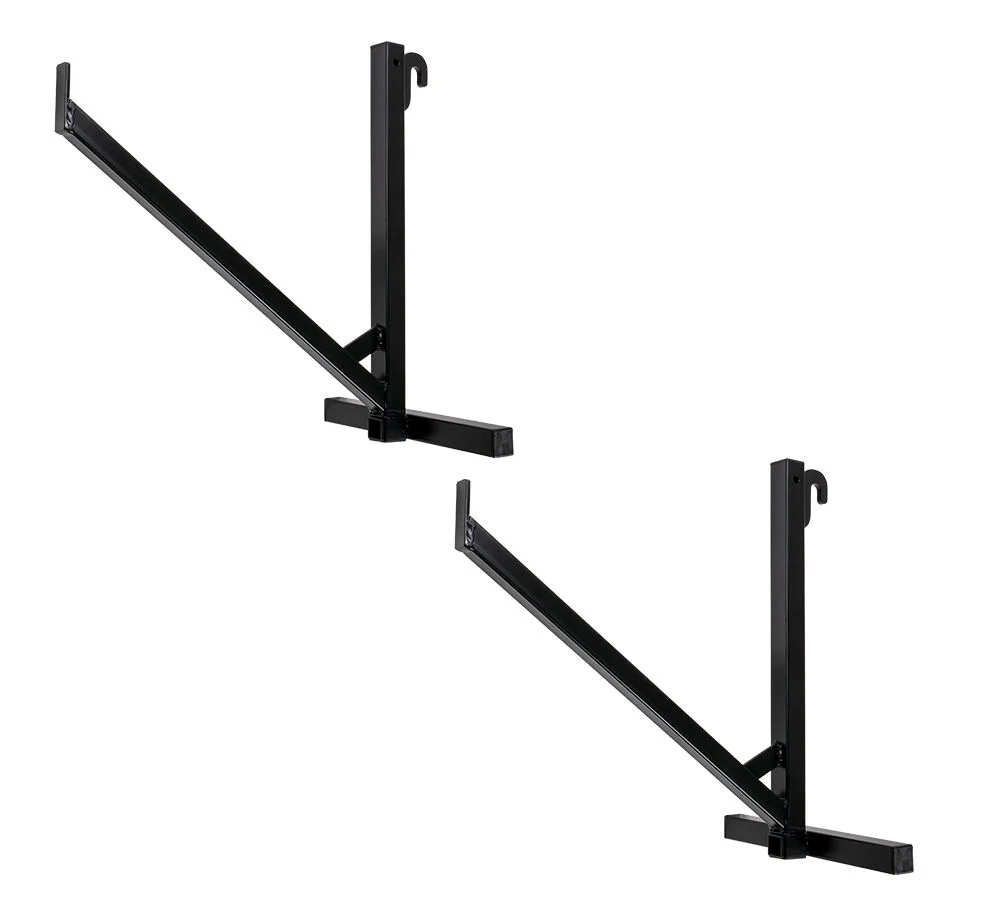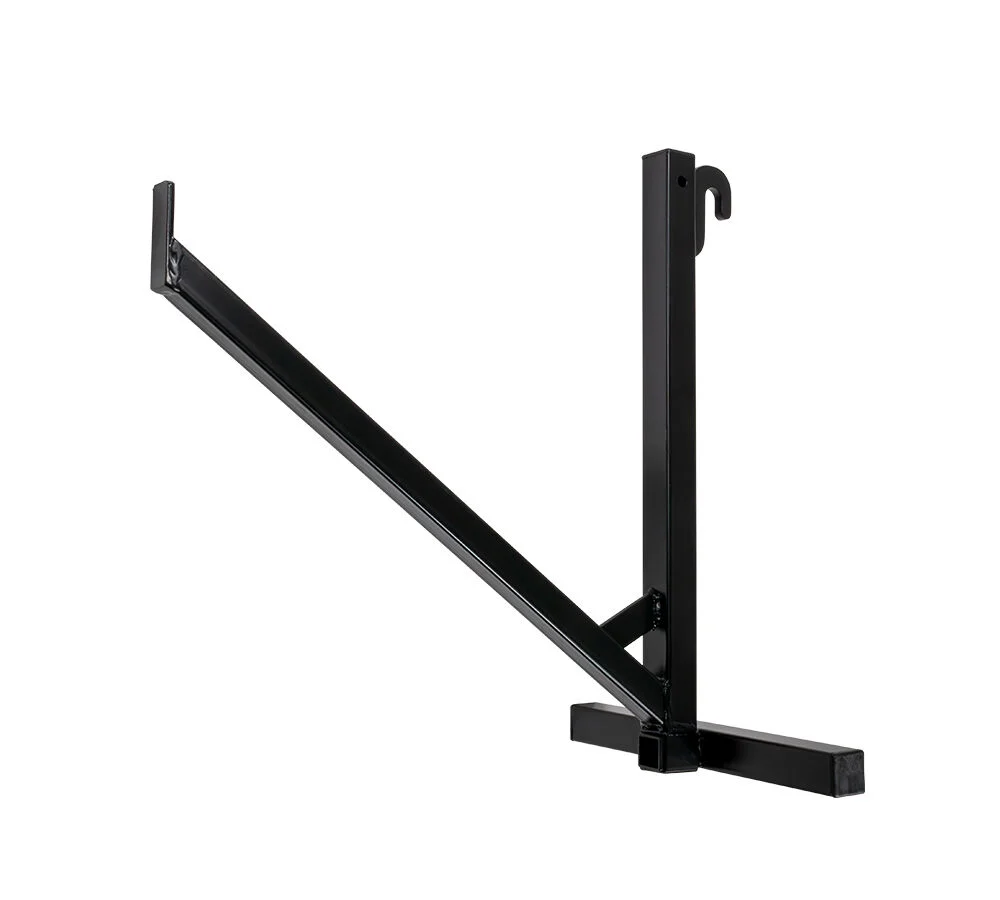
Shipping containers for sale prices are being influenced by the shifting landscape of U.S.-China trade relations, which has sent ripples through America’s port infrastructure. After a period of steep tariffs that strangled cargo volumes, a temporary easing, from 145% down to 30%, has thrown retailers and logistics firms into high gear.
With a narrow 90-day window to act, companies are rushing to import inventory, creating a paradoxical scenario where empty docks today may give way to massive congestion tomorrow. This unstable climate is significantly affecting container prices as demand patterns fluctuate.

Trade Policy Whiplash and Its Effects on Prices of Shipping Containers for Sale
When the 145% tariff was enforced, businesses froze their supply chains. The sudden cost spike made imports from China unsustainable for many.
Instead of absorbing high costs, companies paused shipments, especially as the peak season for retail was gearing up. Ports along the West Coast, from Long Beach to Seattle, reported historically low activity, with some facilities seeing cargo declines of up to 40%.
Gene Seroka of the Port of Los Angeles highlighted that ship arrivals would dip by 20%. The volume of cargo being moved could potentially decline by up to a quarter.
A similar trend unfolded at the Port of Long Beach, where a sharp downturn in activity mirrored the COVID-era lows.
The 90-Day Rush Begins
With tariffs reduced temporarily to 30%, the tide may be turning. Retailers are expected to fast-track orders, maximizing their imports before potential policy shifts.
Flexport, a global logistics firm, reported early signs of a booking surge. Maersk noted that the 40% decline in China-bound shipments might soon reverse.
Economist Peter Boockvar predicted a “rush of ordering unlike anything we’ve seen.” He warned that transportation expenses could soar alongside it.
This flood of goods may pressure port labor, warehousing, and equipment capacity across the country.

Shipping Container Prices Responded Swiftly
These trade developments have immediate consequences on the prices of shipping containers. During the trade freeze, low demand created a surplus of unused containers, which pushed prices down.
But with a surge now anticipated, that surplus is evaporating fast. As buyers seek to secure containers for early deliveries, prices are beginning to climb.
This presents a challenge for smaller firms, many of which already operate on razor-thin margins. Unlike their larger counterparts, they may struggle to afford containers during a time of intense demand and constrained supply.

Logistics Infrastructure Under Pressure
The inconsistency in cargo flows is stressing port logistics. The Northwest Seaport Alliance, which manages the Seattle and Tacoma ports, highlighted that fluctuations, whether declines or increases, in cargo volume can have negative impacts.
Smooth supply chains rely on predictability. With ocean transit from Asia taking up to six weeks, today’s decisions will manifest in port congestion by late June or early July.
Recent vessel tracking showed an unusual lull in departures from China. It left American docks unusually quiet.
But this calm may be misleading, as a wave of inbound cargo builds just beyond the horizon.
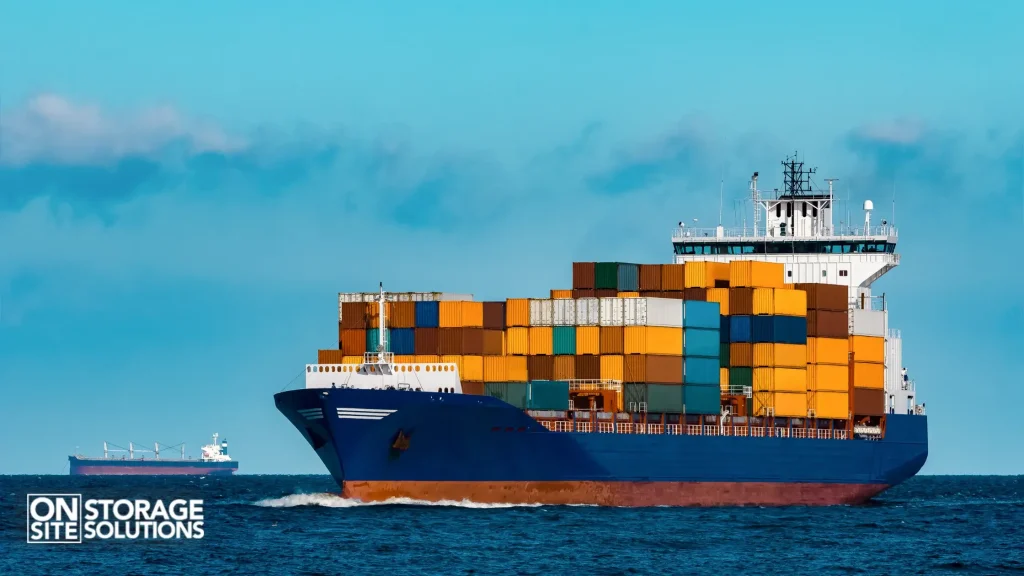
Smaller Importers Face the Biggest Risks
While corporate giants may absorb a 30% tariff or shift operations abroad, small to mid-sized importers face tough choices. The American Chamber of Commerce has urged policymakers to consider exemptions for these businesses.
Tariffs, combined with surging shipping container prices, may threaten their competitiveness. Jonathan Gold of the National Retail Federation observed that big-box retailers can negotiate rates or pivot suppliers more easily.
For smaller players, those advantages don’t exist. Many operate on tighter margins and shorter timelines, making them more vulnerable to price spikes and supply shortages.
This makes access to affordable containers and efficient logistics more than a priority—it’s a matter of survival in a volatile market.
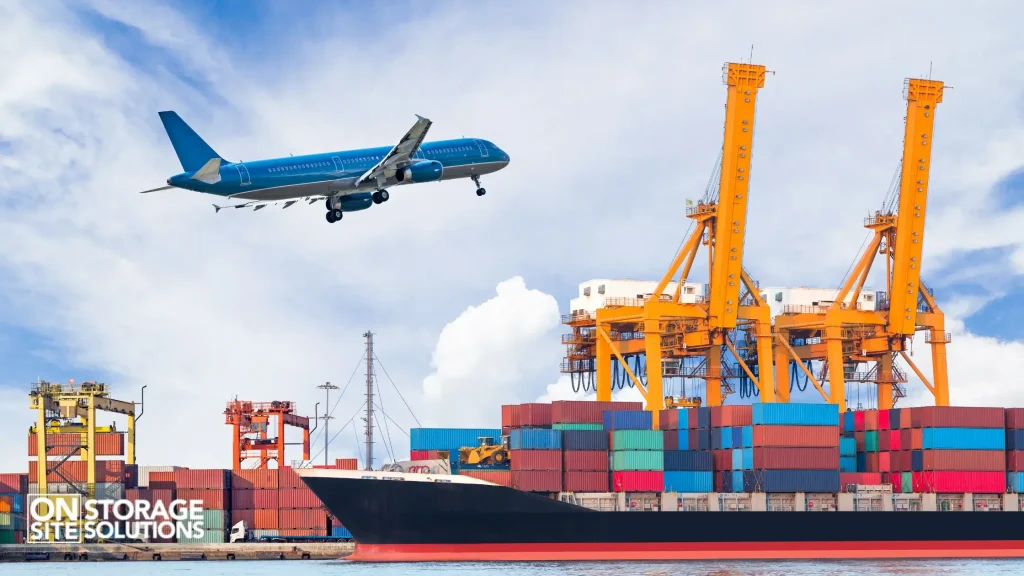
How Shipping Container Prices Reflect Market Shifts
This temporary reduction in tariffs offers no long-term certainty. Retailers and importers are preparing for all possibilities: either a return to punitive tariffs or a more permanent agreement.
Many are accelerating their orders while costs are manageable and container availability hasn’t tightened completely. Container leasing firms report rising inquiries.
Warehouse operators are preparing for a summer stockpile surge. Storage container suppliers, chassis, and port handling capacity may all be strained in the coming weeks.

Strategic Moves in a Volatile Market
In this environment, companies must be agile. Keeping a close eye on daily shipping container prices and responding promptly can result in significant savings.
Building relationships with trusted container providers and freight forwarders is more important than ever. Another strategic option is diversifying supply chains.
With so much volatility in U.S.-China trade, businesses may benefit from sourcing products from other regions like Southeast Asia or Latin America. Trade policies may be more stable there.
Conclusion: Turbulence Ahead
America’s ports are caught in the crosshairs of trade policy. A slowdown caused by steep tariffs is already giving way to a surge triggered by temporary relief.
This volatile situation is reshaping the market for shipping containers for sale prices, complicating logistics, and forcing businesses to adapt in real time. For companies involved in international trade, the next few months are critical.
Those who act decisively by securing containers, forecasting demand, and reinforcing logistics networks will be best positioned to weather the coming storm. In a world of uncertainty, readiness is everything.
For shippers, importers, and logistics professionals alike, the current environment demands more than caution; it requires agility, strategy, and swift execution. Staying ahead of pricing shifts and securing container access could spell the difference between disruption and resilience. The future favors those who prepare.

Looking for Reliable Shipping Containers at the Best Prices?
On-Site Storage Solutions is your trusted partner for reliable, cost-effective shipping containers for sale. As the highest-rated supplier across North America and Canada, we’re proud to deliver unmatched service and industry-leading quality.
With an A+ rating from the Better Business Bureau, our containers are built to meet the highest standards of durability and security.
We offer fast delivery and flexible options, including rentals and rent-to-own, to fit your budget and timeline. Experience a seamless buying experience tailored to your exact needs.
Call us now at (888) 977-9085 and have your container delivered fast. Discover why thousands trust On-Site Storage Solutions for dependable, affordable container solutions!


